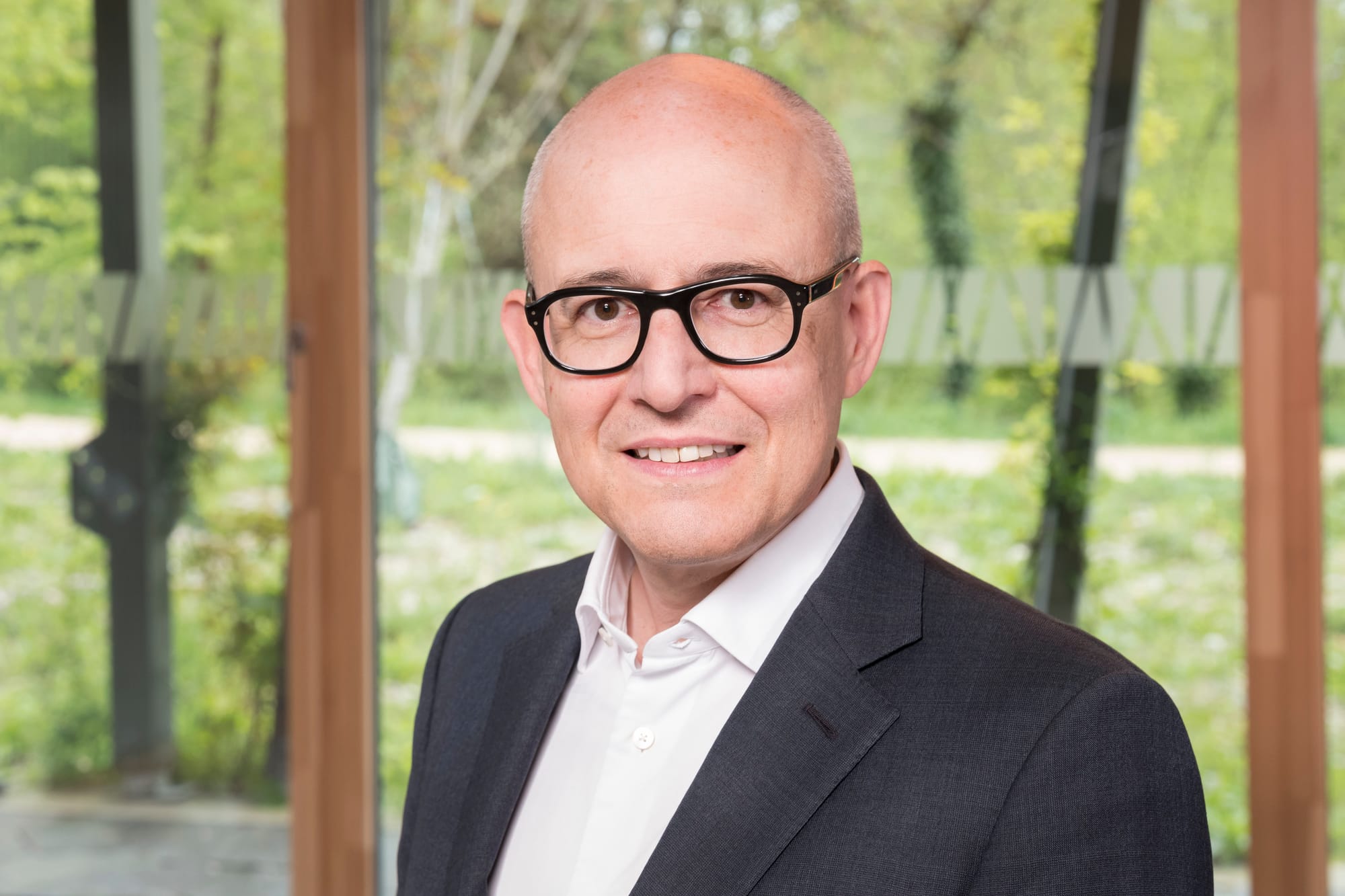At the end of September, The Federal Chancellery announced that the federal popular initiatives “Against the destruction of our forests by wind turbines (initiative for the protection of forests)” and “For the protection of direct democracy with respect to wind parks (initiative for the protection of municipalities)” have been formally successful.
Submitted on July 25, 2025, the two texts aim to regulate the development of wind installations in Switzerland even more strictly. Considering that the siting of large wind parks threatens nature, the first initiative demands that wind turbines may not be installed either in forests or on wooded pastures. The second initiative, for its part, seeks to expand democratic participation by providing that a mandatory vote take place not only in the municipality hosting an installation, but also in all municipalities directly affected by a wind project.
In a country where wind energy still struggles to establish itself — Switzerland currently has only 47 wind turbines in operation, compared with more than 1,400 in Austria — obstacles are multiplying. The new texts could even reinforce these blockages. So, can one still believe in a future for Swiss wind power?
The question is all the more warranted given that, in its energy strategy, the Confederation is counting on around a thousand wind turbines installed and operational by 2050.
Faced with the major issues surrounding this renewable energy source, we are opening a new series of interviews dedicated to the question of wind power in Switzerland. To start, we give the floor to Nadine Brauchli, Head of Energy at the Association of Swiss Electricity Companies (AES).
In light of the successful submission of the two latest initiatives concerning wind energy, a first question arises: does this energy source really have a future in Switzerland?
First of all, it is important to recall that the submission of popular initiatives does not mean that they will be accepted by the people and the cantons. The Association of Swiss Electricity Companies (AES) is in any case clearly calling for the rejection of these two texts, which it describes as extreme.
In our view, the initiative for the protection of municipalities and the one for the protection of forests jeopardize Switzerland’s security of supply as well as the objectives of the Electricity Act regarding the development of renewable energies. Wind power is indeed one of the energies to be developed to meet our climate commitments and ensure local, clean and sustainable production.
How can such an anti-wind momentum in our country be explained?
In Switzerland, it is often enough for an individual or an association to oppose a project for it to be slowed down, or even completely blocked. This capacity to oppose, although perfectly democratic, does not necessarily reflect the majority opinion. This is evidenced by last year’s popular vote in which the population and the cantons clearly approved the project for a secure electricity supply, thus opening the way to the development of renewable energies, including wind power.
This orientation was confirmed during the last autumn session, with the almost unanimous adoption by Parliament of the bill to accelerate procedures. Moreover, the survey conducted this year by the AES, in collaboration with the gfs.bern institute, is unequivocal: for the Swiss population, the promotion of renewable energies remains the pillar of a credible, sustainable and forward-looking energy policy.
Switzerland needs more electricity, particularly during the winter, and wind energy can provide an effective answer to this demand.
Switzerland aims to install around 1,000 wind turbines by 2050 as part of its energy mix. But given the current context, does this figure not seem out of reach?
It is true that the intermediate targets set by the Confederation — namely 2.3 TWh by 2030, corresponding to about 300 wind turbines — appear very ambitious today. To date, Switzerland has only about fifty wind turbines in service, and monitoring carried out by the AES indicates that it will be almost impossible to reach this milestone within the allotted time.
That said, the 2050 horizon still leaves some time to mobilize the actors concerned, optimize procedures and strengthen local acceptance. Again, the bill recently adopted on the acceleration of procedures is an essential lever to facilitate the development of projects.
The AES is indeed convinced that streamlining procedures represents a decisive advance for the development of large renewable installations, including in the field of wind energy. This new law will help reduce authorization and appeal times while improving coordination between the various authorities involved.
Let us recall that wind energy plays a strategic role in the country’s winter supply: about two thirds of its production is generated during the winter months, thereby helping to fill the seasonal shortfall. According to the “Energy Future 2050” study conducted by the AES, wind power actively contributes to security of supply while keeping system costs at a low level.
Wouldn't it be better to finance wind projects abroad, where procedures encounter fewer obstacles, even if that means later importing this energy into Switzerland?
Switzerland is responsible for its own security of supply, and the electricity sector plays a central role in this regard. While Swiss investments in production facilities abroad can benefit the European market — and, indirectly, Switzerland — they do not guarantee a targeted import to our country. What is imported is only the electrical mix available from our neighbors at the time of import.
Furthermore, in the absence of an electricity agreement with the European Union, import capacities can be temporarily limited by the 70% rule, making access to foreign energy uncertain, or even impossible in certain situations. That is why it remains essential to develop renewable production capacities on national territory.
How to relaunch the wind question in Switzerland? How to overcome the notorious “NYMBY” (Not In My Backyard) and “BANANA” (Build Absolutely Nothing Anywhere Near Anything) syndromes?
Switzerland needs more electricity, particularly during the winter, and wind energy can provide an effective response to this demand. However, if projects continue to be blocked or delayed, the country will have to turn to other alternatives, such as gas-fired plants or nuclear energy. Ultimately, it is political and social will that will determine which technologies are preferred to guarantee Switzerland’s electricity supply.
This article has been automatically translated using AI. If you notice any errors, please don't hesitate to contact us.




